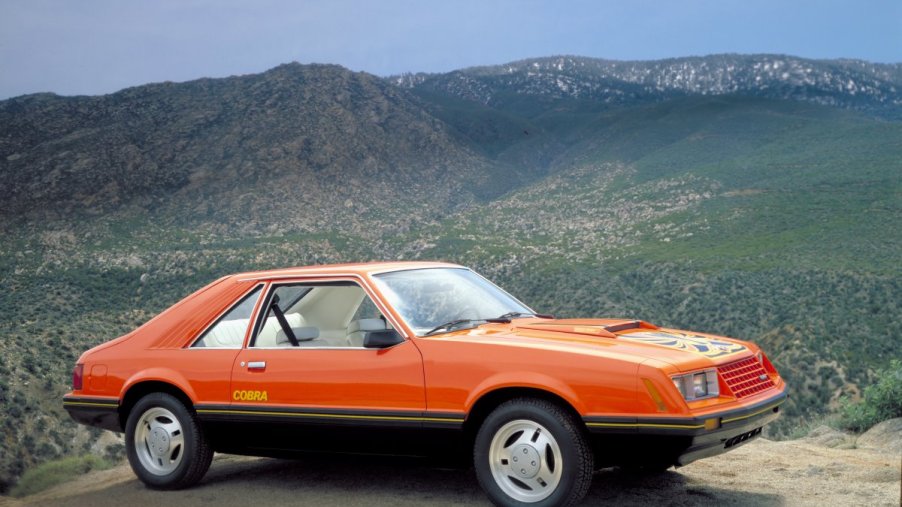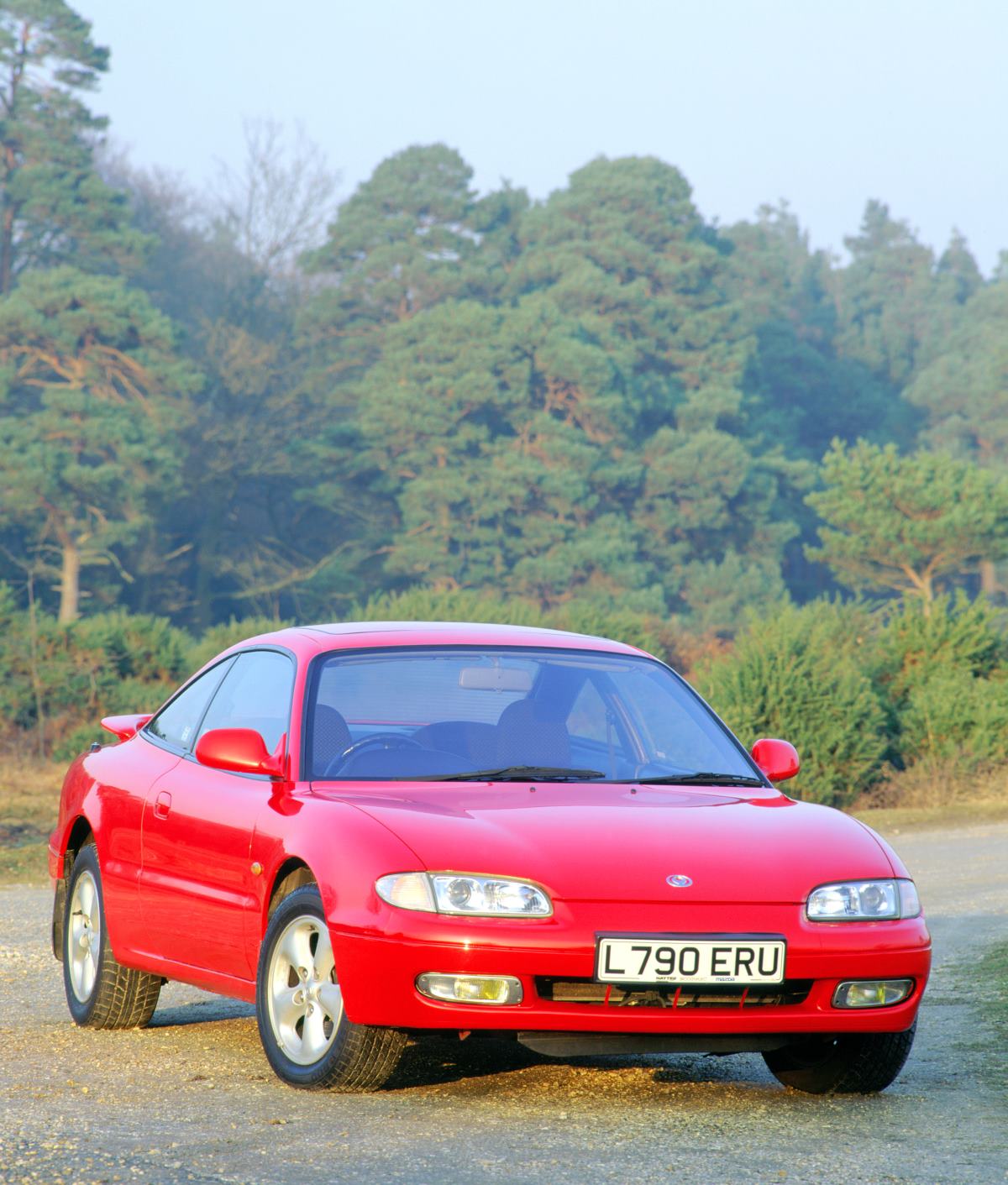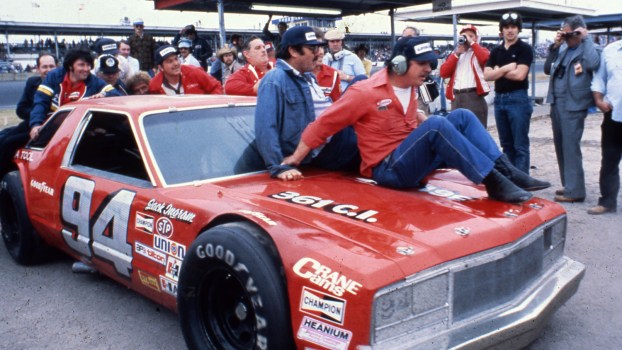
How Mazda Accidentally Saved the Ford Mustang
In this article:
The Ford Mustang is an icon today, but not long ago Ford’s famous muscle car almost disappeared. The late 80s and early 90s were a weird time for car development, and the Mustang as we know it nearly missed the cut. So how did the Mustang survive to be the V8 monster we know today? In short, we have Mazda to thank.
The Mazda MX-6 shared its chassis with an early 90s Ford sports car

It’s an easy car to forget about, but in its time the Mazda MX-6 was a fairly popular sports car. Featuring front-wheel drive, a classic 90s jelly bean silhouette, and a cramped cabin, the MX-6 was everything an early 90’s sports coupe should be.
Upon its arrival in 1987, the MX-6 offered a pair of powertrains. The base, a 2.2-liter four-cylinder, offered 110 horsepower. An optional turbocharged variant turned up the wick with 145 horsepower and 190 pound-feet of torque. And though it was front-wheel drive, this little Mazda coupe boasted nimble, engaged steering, especially for its time.
Furthermore, the Mazda MX-6 arrived at the peak of Mazda’s partnership with Ford. And Ford, seeing the success of efficient, front-wheel drive sporty cars wanted one of its own. That was the inception of the Ford Probe, a Mazda MX-6 in everything other than name.
The Ford Probe was set to replace the Mustang
When the Ford Probe landed, it wasn’t simply a response to buyer demand for a front-wheel-drive car. Ford recognized the simpler packaging and enhanced fuel efficiency of a front-drive platform as well. Slapping on that aerodynamic bodywork gave the Probe a 28 mpg highway rating. And the ample, 18 cubic feet of trunk space made it more practical than a Mustang, despite its four-seat cabin.
At the time, Mustang sales were lagging. Despite the relative affordability of fuel in the late 1980s, thirsty pony cars like the Mustang struggled to sell. Ford, in turn, used its relationship with Mazda to bring a more efficient Mustang replacement to the market. But when news leaked of a front-wheel drive Mustang, fans revolted. And more importantly, they revolted with their wallets.
Sales of Fox Body Mustangs surged from a mere 156,514 models in 1985 to 224,410 models in 1986. That sales spike combined with a flood of letters from Ford fans kept the Mustang alive alongside the car we now know as the Ford Probe.
The Mustang won the long game in Ford’s Sports Car Lineup
At the time, Ford considered the Probe its sports car of the future. But as time marched on, it became clear that there was only room for one flagship in Ford’s lineup. The Mustang won handily, beating the Ford Probe’s sales numbers every year from 1988 until its discontinuation in 1997. And that’s not all. Front-wheel drive sports cars died a slow death throughout the 90s and 2000s. Prelude, Integra, RSX, and countless others disappeared due to cratering demand while the Mustang, with its rear-drive glory, carries on to this day.
Ford Probe vs. Ford Mustang Sales: 1988-1997
| Year | Ford Probe Sales | Ford Mustang Sales |
|---|---|---|
| 1988 | 77,763 | 211,225 |
| 1989 | 133,650 | 209,769 |
| 1990 | 103,062 | 128,189 |
| 1991 | 76,295 | 98,737 |
| 1992 | 62,659 | 79,280 |
| 1993 | 90,435 | 114,335 |
| 1994 | 83,872 | 123,198 |
| 1995 | 52,696 | 136,962 |
| 1996 | 32,505 | 122,674 |
| 1997 | 17,068 | 116,610 |




